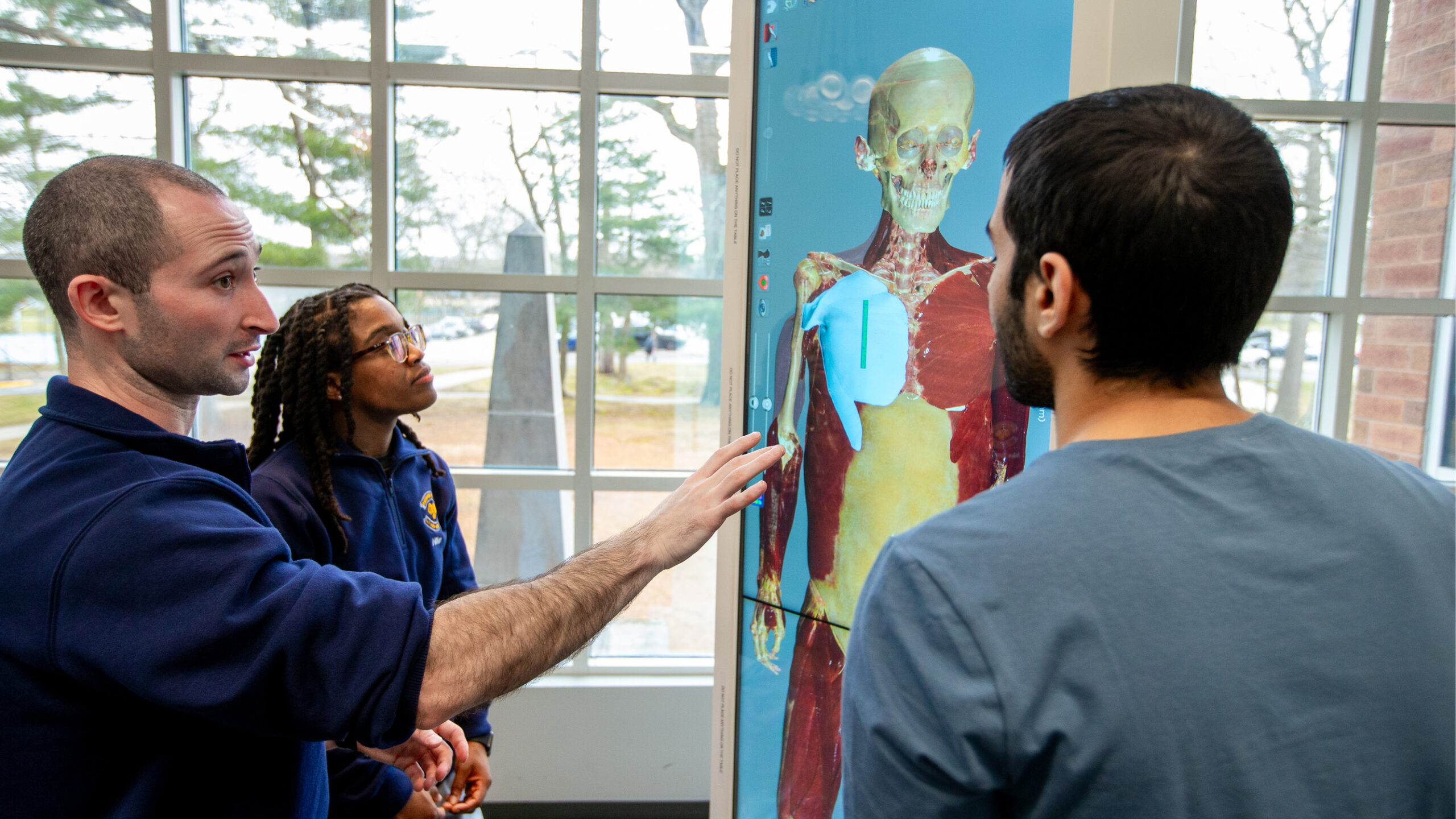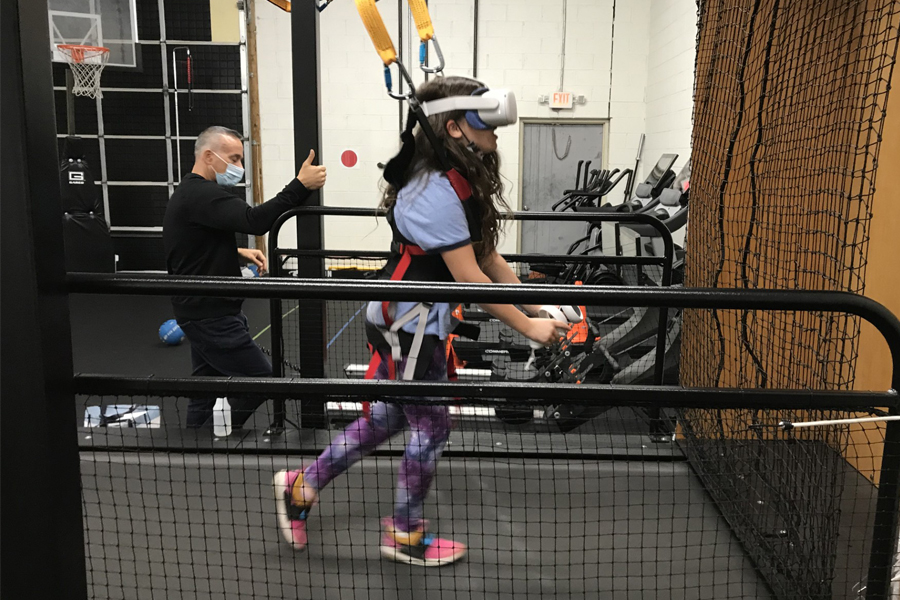Counting Steps Doesn’t Add Up to Enough Exercise
Counting steps as a measure of exercise is misleading and not a useful indicator of daily exercise goals, according to exercise physiologist Alexander Rothstein, Ed.D.

“Hitting 10,000 steps a day helps to prevent long sedentary periods, which are associated with health risks like blood clots and heart disease, but society tends to overestimate the fitness benefits of taking 10,000 steps,” says Rothstein, an assistant professor of exercise science in the School of Health Professions.
The American College of Sports Medicine recommends at least 30 minutes of moderate-intensity cardio exercise five days per week or 20 minutes of vigorous-intensity cardiorespiratory exercise three times per week for most adults, Rothstein says. A combination of the two (moderate and vigorous) at least three to four days a week would also meet these guidelines.
However, nearly half (46 percent) of American adults do not meet guidelines for aerobic or muscle-strengthening activities, according to the latest data from the Centers for Disease Control and Prevention.
On its own, a daily step count goal has a minimal impact on physical fitness. Although everyday walking qualifies as physical activity, it typically lacks the intensity needed to improve cardiovascular or muscular fitness significantly, Rothstein says. “During routine walking, we’re usually not reaching an intensity that sufficiently elevates heart rate or oxygen demand to drive meaningful physiological adaptations,” he explains.
For a more accurate measurement of exercise intensity, Rothstein advises checking your heart rate rather than step count. “Heart rate is a better measurement tool. The time spent in certain heart rate zones can be counted toward the recommended exercise guidelines. In general, the higher your heart rate, the higher the exercise intensity,” he says.
You can raise the intensity and elevate your heart rate while walking by increasing your pace (power walk) or adding some hills, which requires you to work against gravity to propel yourself upward, Rothstein notes. “These factors challenge the body much more than walking at a slower pace or on a flat surface. Walking on an incline activates muscles in the calves, glutes, and hamstrings, especially if you’re moving faster.”
Steps are a great way to track physical activity and prevent sedentary behavior but be sure to plan time for purposeful exercise that challenges the body and elevates the heart rate, Rothstein adds.
More News

Her World Through Code
Graduate computer science student Neethu Thalappan Koroth thrives in her field of study while becoming involved in several on-campus projects to deepen her expertise.

Brands Must Balance AI and Authenticity
As consumer behavior expert Colleen Kirk, D.P.S., explains, in 2026, marketers leveraging AI must remember to prioritize genuine connections and transparency.

Student Entrepreneurs Share Big Ideas
Students gathered at the Innovation and Entrepreneurship Academy’s Startup Tech Central to present their startup companies at the third NESTS FlyOff event.

Intern Insight: Ananya More
When graduate computer science student Ananya More secured an internship with the MTA, she gained the opportunity to work with data for the largest subway system in the United States.

A Collaboration Across Continents
Medical student Dongchan (Alex) Lee participated in an academic study at Dong-A University alongside South Korean researchers as they explored possible links between mineral intake and depression.

Study: VR Helps Children With Autism Participate in Exercise and Sports
A new study by researchers from the School of Health Professions and College of Osteopathic Medicine demonstrates how virtual reality (VR) can help children with autism spectrum disorder participate in exercise.